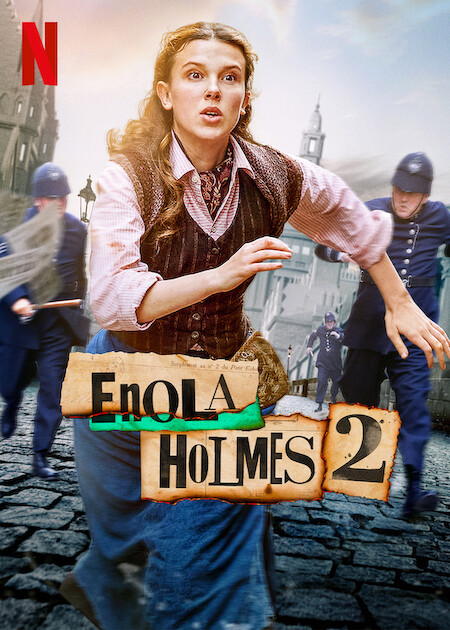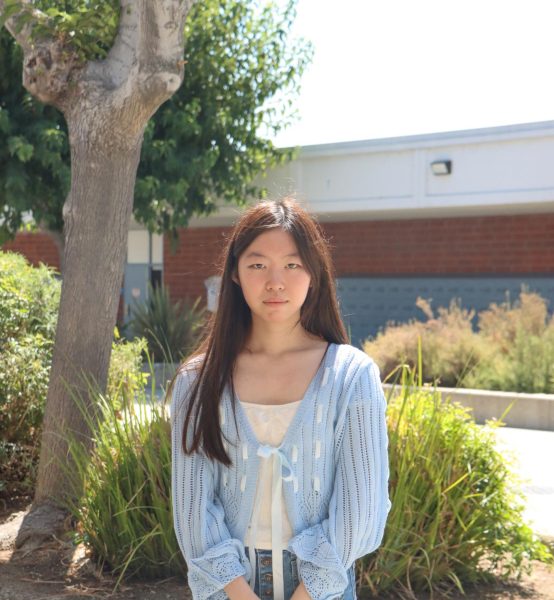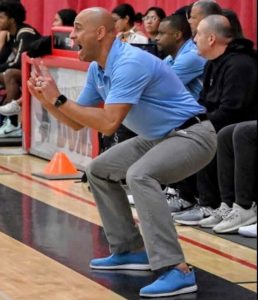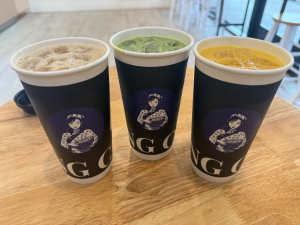“Enola Holmes 2” keeps viewers guessing with a little bit of everything
December 1, 2022
In trying to prove herself an equal detective to her older brother Sherlock Holmes (Henry Cavill), Enola Holmes (Millie Bobby Brown) captures the hearts of her audience — and the young lord Viscount Tewkesbury (Louis Patridge), whom she befriended in the first movie. Throughout “Enola Holmes 2,” the plot, character depth and cinematics work well together to keep the movie fresh and interesting.
After solving the Tewkesbury case in the first movie, Enola starts a detective agency, soon realizing that no one will employ her due to her gender and young age. Her abilities are overshadowed by her brother’s, as her involvement in the last case was even attributed to him. Finally, to her delight, Enola receives her first official case from a little girl, Bessie. Enola agrees to find Bessie’s missing sister, but the truth proves to be deeper and more corrupt than she realized.
The way Enola addresses the audience at the beginning is a familiar callback to the first movie, where she introduced herself in the same way. Although fourth-wall breaks tend to disrupt the flow of stories, Brown makes them seem natural and witty without alienating the audience. Her acting remains realistic and expressive throughout the movie, adding depth to her interactions. As a sequel, the movie is not bogged down by worldbuilding, giving the characters time to develop. By the end, both Enola and Sherlock learn that it is okay to rely on others and that being independent is different from being alone.
Despite its higher stakes, the movie’s plot is not as original as the first, and the storyline feels like a stereotypical mystery where the detective has a case to solve. The puzzles, such as the clues hidden within the note and map, are convoluted and go by too quickly for the audience to participate and feel engaged. Similarly rushed is her romance with Tewkesbury, which only takes up a few scenes. With such limited screen time, it seems underdeveloped, and I prefer their platonic relationship from the first movie.
Still, even with its overdone premise, the film is enjoyable to watch, with a series of twists that keep viewers guessing. Tied to the 1888 Matchgirls’ strike, the story holds a little bit of everything, with a well-thought-out combination of romance, mystery, thriller, action and female empowerment. Overall, the second movie was better than the first, and the promise of a third leaves the audience anticipating its next release.












